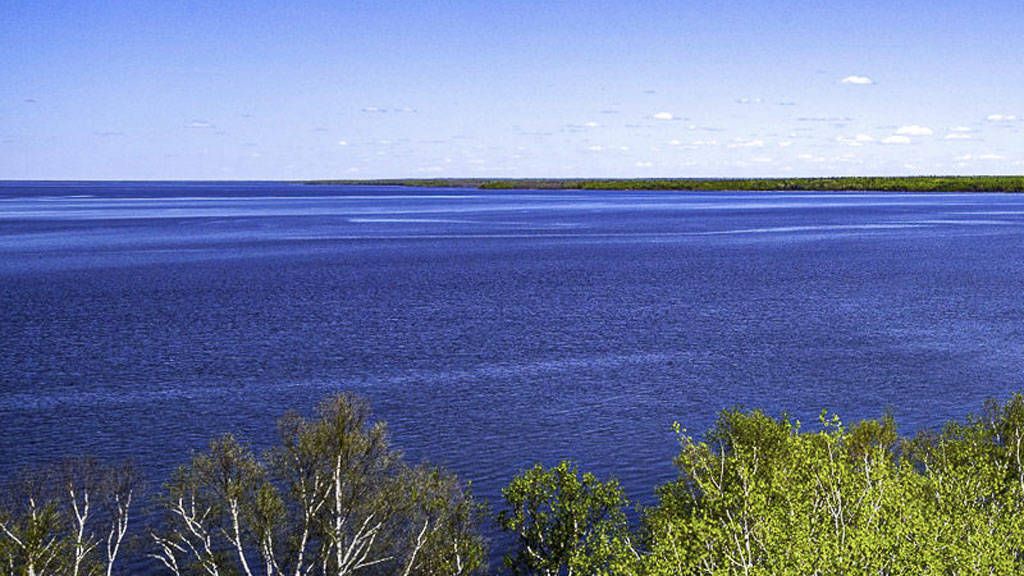Several methods are used in Manitoba to protect, preserve, and, when necessary, rehabilitate water quality. One of these tools is the Water Quality Standards, Goals, and Guidelines. On November 28, 2011, the revised Manitoba Water Quality Standards, Goals, and Guidance were incorporated into regulation under Part Two of the Water Protection Act. The Manitoba Environment Act-issued permits include the province’s standards, guidelines and objectives for water quality where required.
The Manitoba Water Quality Standards, Objectives, and Guidelines must be updated regularly to reflect new scientific findings, new issues, concerns, and adjustments to priority water quality areas.
The Tier I – Water Quality Standards, Tier II – Water Quality Objectives, and Tier III – Water Quality Guidelines parts of the Manitoba Water Quality Standards, Objectives, and Guidelines are divided into these three categories.
Pre-compiled Canadian environmental guidelines and standards are shown here.
Water Quality Standards
Water Quality Standards adhere to current and previous federal and provincial laws and regulations, providing a legal framework for managing contaminants that enter Manitoba waters from various sources (e.g., municipal and industrial wastewater discharges).
- Approvals under Environmental Acts
According to clause 4(2)(b) of the Act and section 12.1 of The Environment Act, a person may not issue a licence, or alter a licence, under sections 10, 11, or 12 of The Environment Act, concerning a development that affects or may affect water, unless the development, operating in accordance with the licence, or the licence as altered, will comply with or be consistent with all applicable water quality standards, including, without limitation, all applicable water quality standards set by the Environmental Protection Agency.
- Phosphorus standard – existing developments
This section is applied to any class 1 development, class 2 development, or class 3 development that:
- releases 820 kg or more of total phosphorus into the environment each year;
- received an Environment Act licence before Section 3 went into force.
The concentration of phosphorus in wastewater effluent emitted from development is to be calculated in accordance with the following guidelines:
Total phosphorus concentrations must be calculated based on a thirty-day rolling average for continuously discharging developments. For intermittently discharging developments, total phosphorus concentrations must be calculated
- If the discharge duration is less than 30 days, it will be expressed either as an average per discharge period
- or, if it is 30 days or longer, as a 30-day rolling average.
- Development must comply with water quality standards.
A development’s proponent is responsible for ensuring that the development conforms with or is compatible with any applicable water quality standards; thirty days or more is usually the discharge period.
Water Quality Objectives
Water Quality Objectives provide additional restrictions to protect surface, and groundwater uses (such as the protection of aquatic life) where protection is required in addition to the Tier I – Water Quality Standards for a small number of common pollutants in Manitoba that are routinely controlled through the licensure procedure under The Manitoba Environment Act (in French).
You can download a linked Excel worksheet (in French) to assist with the calculations required for a number of the Tier II Water Quality Objectives.
Water Quality Guidelines
The purpose of water quality guidelines is to offer scientifically supported numerical limitations or narrative statements for chemical constituents (such as trace elements and pesticides), and water quality conditions (such as pH and temperature), to safeguard a variety of water applications, such as:
- Drinking water source
- sediment quality
- leisure
- fish and other aquatic life
- agriculture (such as irrigation and animal watering)
- Consumption of tissue residues by people and wildlife.

Articles related to Water Quality Standards, Objectives and Guidelines in Canada
What are Canada’s environmental guidelines and policies?
What are Environmental Quality Guidelines for Alberta Surface Water?
Environmental Data Management for Large-scale Contaminated Soil Investigations
KaizenLAB laboratory integration with ESdat Environmental Data Management Software.






